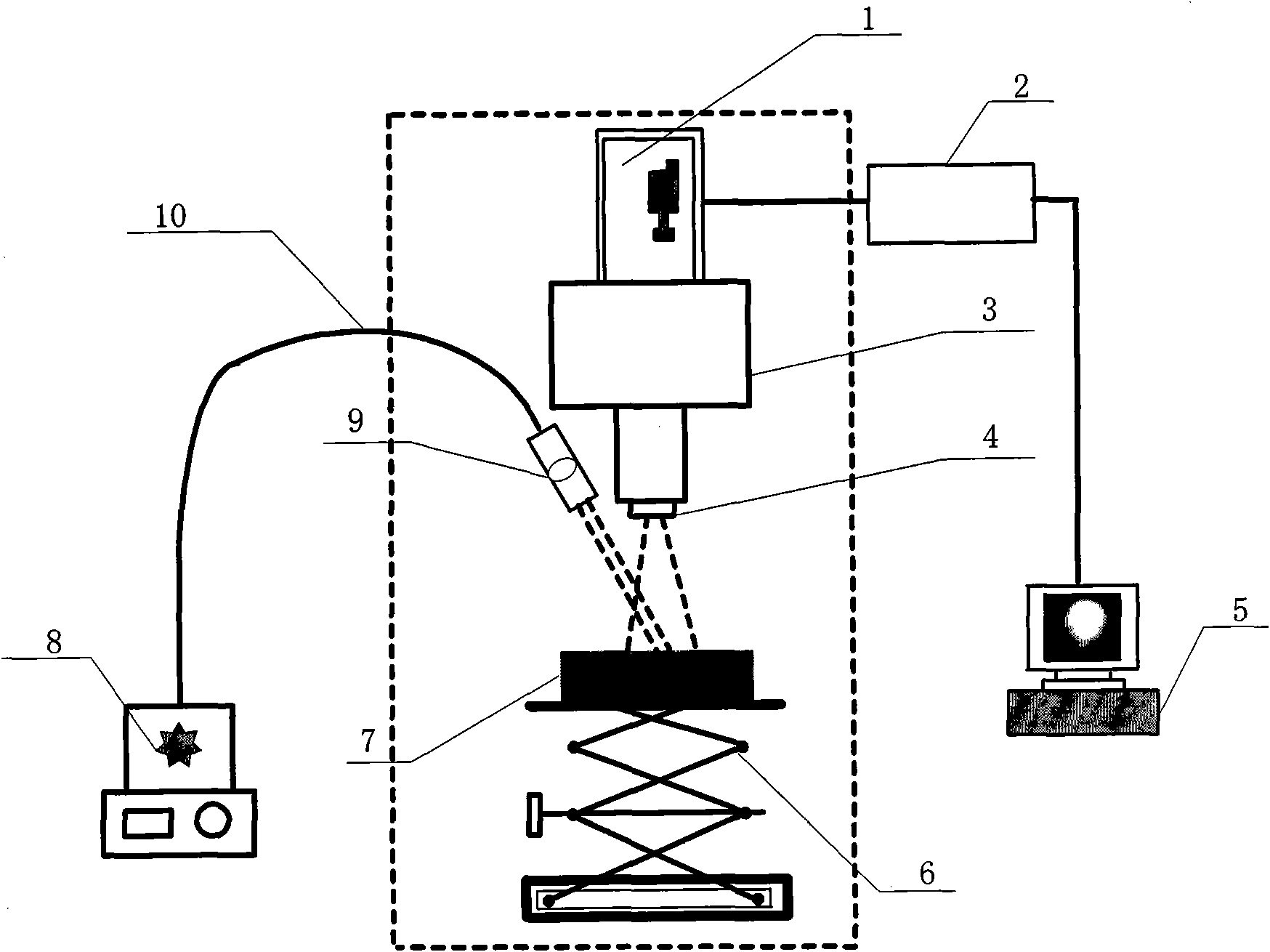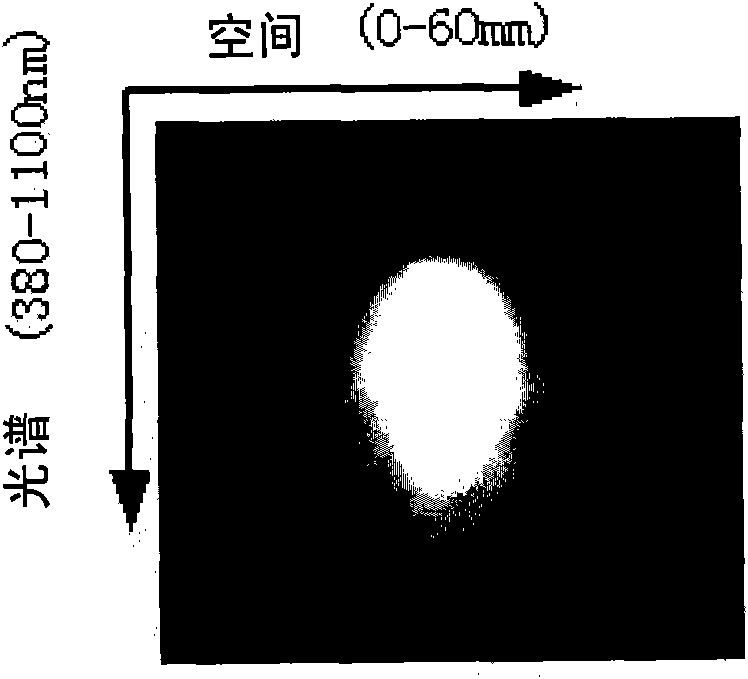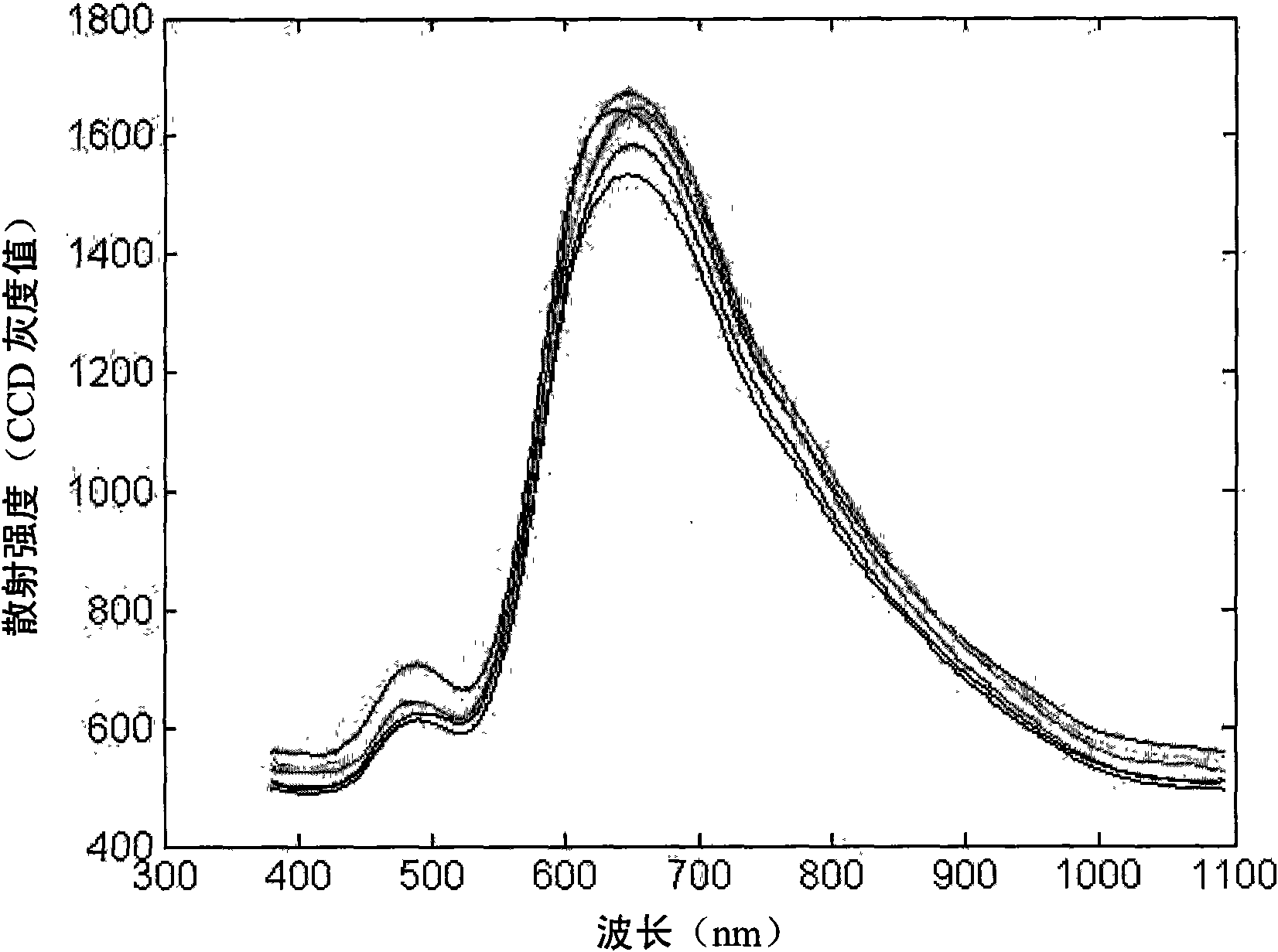Non-destructive inspection method of total amount of meat bacteria
A total number of bacteria, non-destructive testing technology, applied in biochemical equipment and methods, measuring devices, microbial determination/inspection, etc., can solve problems such as being unsuitable for online testing, cumbersome operations, unable to fully meet domestic consumption and export trade, etc. To achieve the effect of benefiting human health and improving safety and quality
- Summary
- Abstract
- Description
- Claims
- Application Information
AI Technical Summary
Problems solved by technology
Method used
Image
Examples
Embodiment Construction
[0028] The specific implementation manners of the present invention will be further described in detail below in conjunction with the accompanying drawings and embodiments. The following examples are used to illustrate the present invention, but are not intended to limit the scope of the present invention.
[0029] The technical solution of the present invention is mainly achieved through the following contents.
[0030] (1) Sample preparation
[0031] Without cleaning, removing fat or connective tissue, inoculating bacteria and other preparations, the fresh pork to be tested is evenly divided into samples to be tested with a length × width × thickness of 4cm × 6cm × 4cm.
[0032] (2) Instrument design
[0033] The hyperspectral imaging system used in this technical solution for the non-destructive detection method of the total number of pork bacteria is as follows: figure 1 As shown, the imaging system includes an image spectrometer 3 with a wavelength range of 400-1000nm,...
PUM
| Property | Measurement | Unit |
|---|---|---|
| Interval | aaaaa | aaaaa |
Abstract
Description
Claims
Application Information
 Login to View More
Login to View More - R&D
- Intellectual Property
- Life Sciences
- Materials
- Tech Scout
- Unparalleled Data Quality
- Higher Quality Content
- 60% Fewer Hallucinations
Browse by: Latest US Patents, China's latest patents, Technical Efficacy Thesaurus, Application Domain, Technology Topic, Popular Technical Reports.
© 2025 PatSnap. All rights reserved.Legal|Privacy policy|Modern Slavery Act Transparency Statement|Sitemap|About US| Contact US: help@patsnap.com



